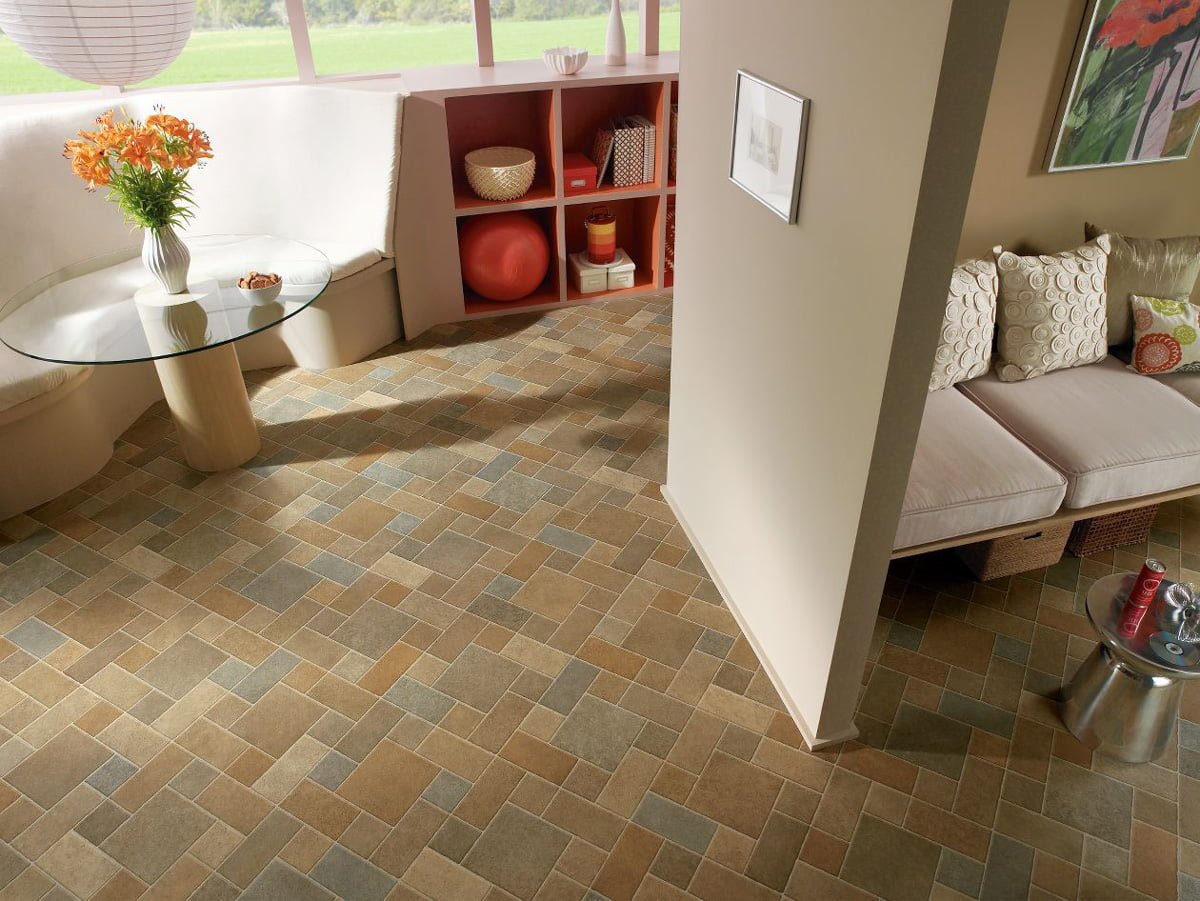What is Sheet Vinyl?
- Vinyl flooring that comes in large, continuous, flexible sheets.
- Completely impermeable to water, unlike vinyl floor tile, which comes in stiff tiles, and vinyl planks, which come in interlocking strips.
- It is sometimes called linoleum after a similar product of different (oiled linen) chemical composition.
What is Sheet Vinyl for?
- Since it does not let water through; sheet vinyl flooring is suitable for kitchens and bathrooms. Some types can be used in wet rooms.
- The closed-cell foam backing of vinyl sheet can vary; it can be given the resilience profile of sprung performance floor, suitable as a sports or dance floor.
- It can make a permanent or portable dance floor which can be laid on problematic surfaces such as concrete.
- Some vinyl flooring can be used outside.
For more installation instructions and advice please visit Armstrong
What makes Sheet Vinyl unique?
- Extensively used because it is water-impervious, quite durable, adjustably resilient and insulating, easy to install, available with a variety of appearances, and cheap.
- Three basic categories of vinyl sheet flooring are homogeneous, inlaid, and layered composite.
- Cushioned vinyl features closed-cell-foam lower layers. A cushioned floor has more give and spring.
What are some technical details?
- Sheet Vinyl is commonly made in widths of 12 feet (3.7 m) and 13 feet 2 inches (4 m) in North America.
- It can come with a cushion-backing (warmer and softer, can be loose-laid) or a paper/fiber backing.
Information adapted from Wikipedia
 CALL US @ 204-231-3337
CALL US @ 204-231-3337


